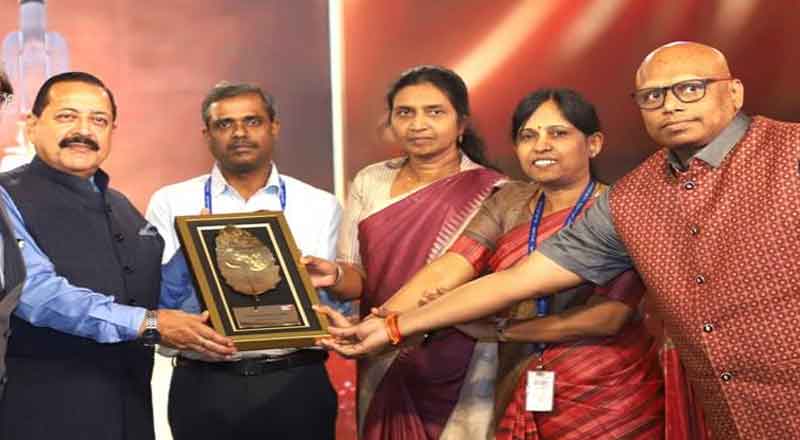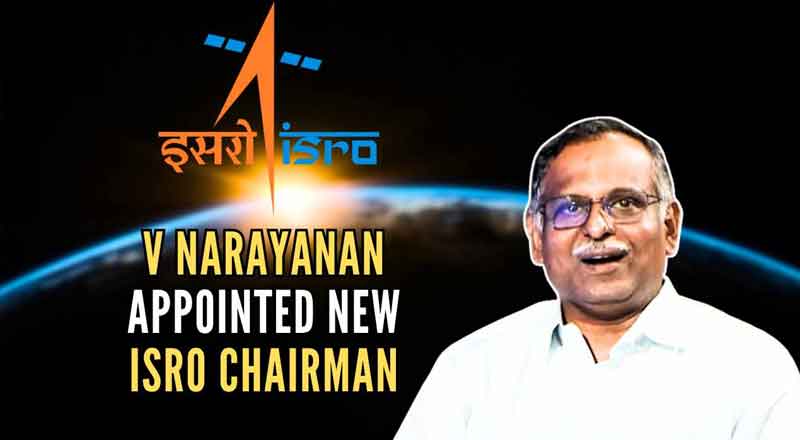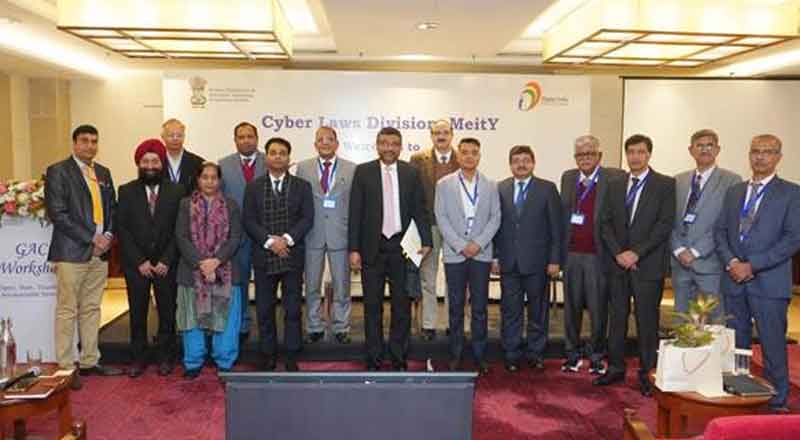The launch of “Gaganyaan” Test Vehicle Space flight, that is, “Gaganyaan” Test Vehicle Development flight (TV-D1) is scheduled on 21st of this month.
This was disclosed here today by Union Minister of State (Independent Charge) Science & Technology; MoS PMO, Personnel, Public Grievances, Pensions, Atomic Energy and Space, Dr Jitendra Singh while addressing the gathering at a felicitation programme of ISRO scientists associated with the Chandrayaan Mission, here today.
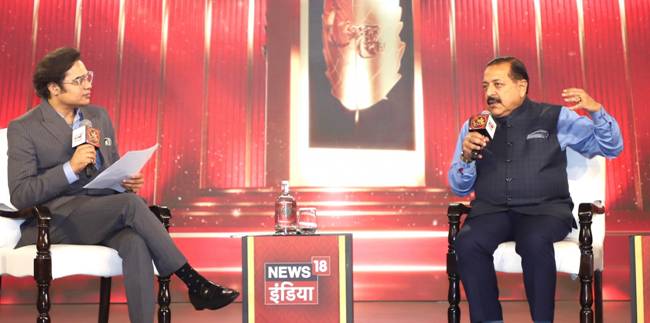
ISRO will also test the efficacy of the Crew Escape System which is the crucial part of “Gaganyaan” mission, resulting in unmanned and manned missions to outer space by 2024. The test is to be conducted at Satish Dhawan Space Centre in Sriharikota. Crew Module will carry the astronauts during the Gaganyaan mission to outer space.
The test involves launching a crew module to outer space and bringing it back to Earth and recovering it after touchdown in the Bay of Bengal. Indian Navy personnel have already started mock operations to recover the module.
The success of this test will set the stage for the first unmanned “Gaganyaan” mission and ultimately manned mission to outer space in low Earth orbit, informed the Minister. Before the ultimate manned “Gaganyaan” mission, there will be a test flight next year, which will carry “Vyommitra”, the female robot astronaut, he said.
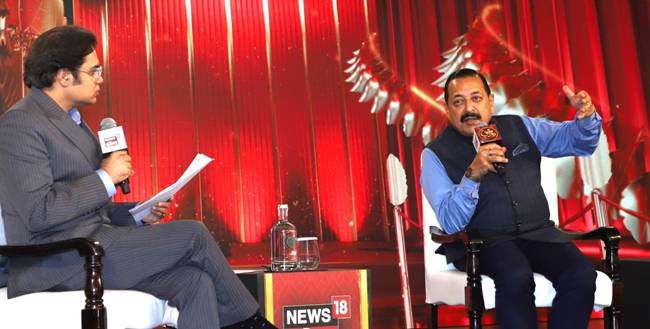
Gaganyaan project envisages demonstration of human spaceflight capability by launching a human crew to an orbit of 400 km and bringing them back safely to earth, by landing in Indian sea waters. The prerequisites for Gaganyaan mission include development of many critical technologies including human rated launch vehicle for carrying crew safely to space, Life Support System to provide an earth like environment to crew in space, crew emergency escape provision and evolving crew management aspects for training, recovery and rehabilitation of crew.
Dr Jitendra Singh said, India is among the top five nations in the field of space exploration.
“India has recently created history by becoming the first country to land on the virgin south polar region of the lunar surface. With the launch of Aditya -1 which is the first space based Indian mission to study the Sun, India’s ambitious space exploration programme has left a clear message that we are one of the most scientifically advanced nations in the field of Space Science and Technology,” he said.
Dr Jitendra Singh gave full credit to Prime Minister Shri Narendra Modi for enabling India’s Space scientists to vindicate the dream of their founding father Vikram Sarabhai by “unlocking” India’s Space sector and providing an enabling milieu in which India’s huge potential and talent could find an outlet and prove itself to the rest of the world.
“After the opening up of the Space sector by Prime Minister Shri Narendra Modi in June 2020, the number of Space Startups sky-rocketed from merely 4 to 150 Startups,” he said.
He said, India’s space missions are designed to be cost effective.
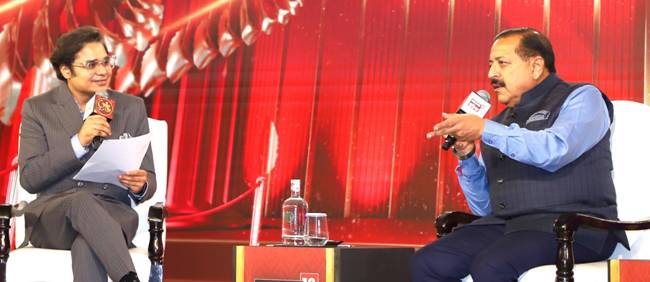
Referring to applications of Space Technology to different sectors like Railways, Highways, Agriculture, Water Mapping, Smart Cities, Telemedicine and Robotic Surgery, which brought ‘Ease of Living’ for the common man, Dr Jitendra Singh said, Space tech has touched virtually every household in India.
“During PM Modi’s tenure of nine years, India’s disaster capabilities have become world class and we are providing Disaster Forecasts for neighbouring countries as well,” he said.
Dr Jitendra Singh said ISRO is the epitome of India’s Naarishakti, – with women scientists not only participating but also leading the various activities in Space research programmes.
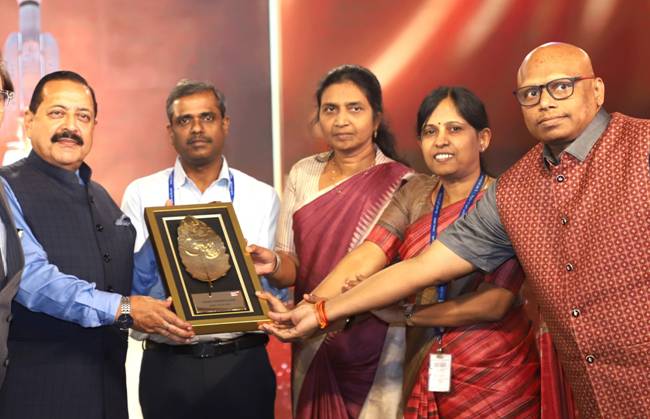
On the occasion, ISRO scientists, – Dr Veeramuthuvel, Project Director, Chandrayaan-3; Ms. K. Kalpana, Associate Project Director, Chandrayaan-3; M. Shrikanth, Mission Director, Chandrayaan-3& Aditya L1; and Ms. Nigar Shaji, Project Director, Aditya L1 were felicitated by the Union Minister.


